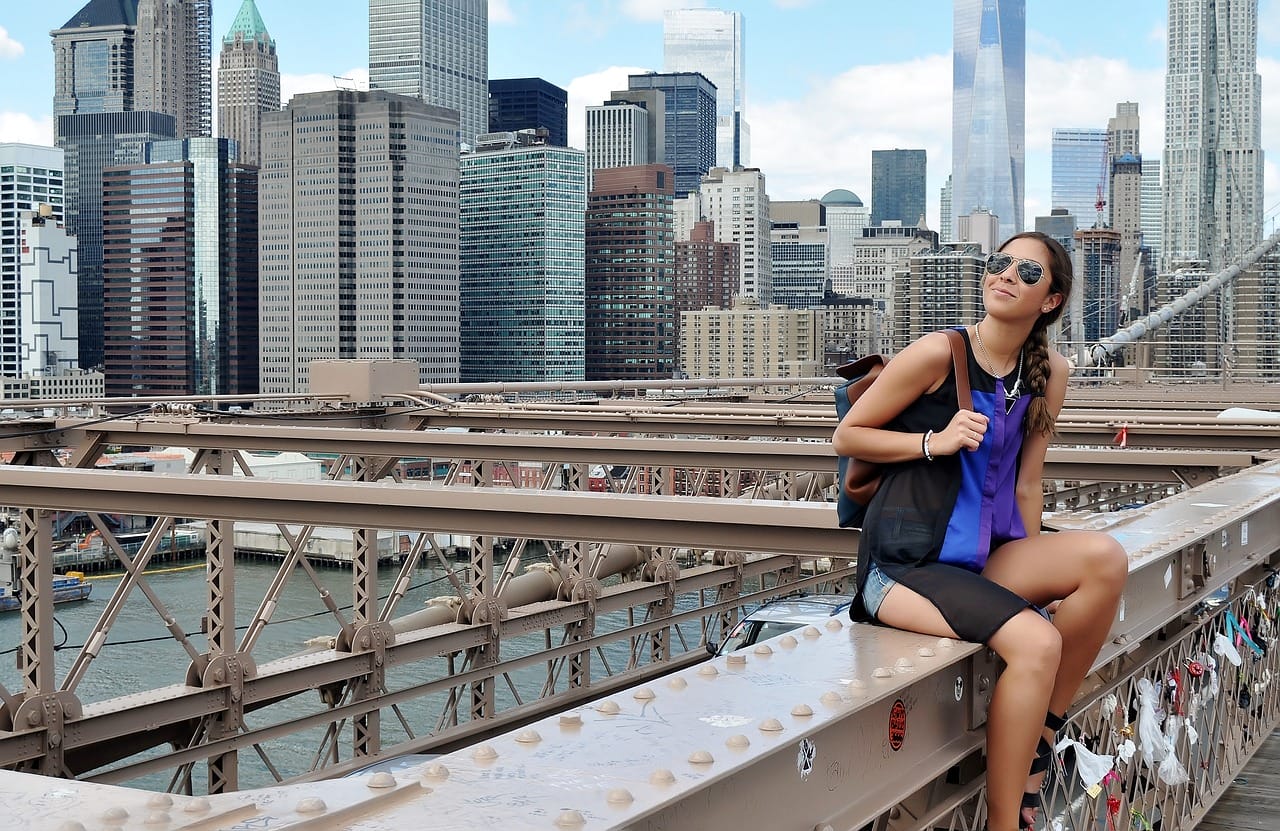Moving to Bedford-Stuyvesant provides an excellent opportunity for those looking to live in Brooklyn but in a more affordable area. Located in central Brooklyn, this neighborhood is renowned for its rich cultural history and attractive Victorian architecture, primarily represented by brownstones. Bed-Stuy is home to many community gardens and parks, small local businesses, and world-class restaurants. If you’re looking to find Bedford Stuyvesant apartments for rent, this is a great area with a wide variety of options. Depending on your budget and wishes, you can find an apartment or co-living.
In fact, Bed-Stuy offers high-level nightlife, including some of Brooklyn’s best bars, while serving as the cultural capital of the borough. It is currently the most up-and-coming neighborhood in Brooklyn. Tree-lined streets combined with a diverse population, vibrant atmosphere, and rich list of attractions are sure to leave you in awe. If you want to learn more about living in Bed Stuyvesant, start with our quick and informative guide.
What makes Bedford Stuyvesant so special?
From the early 20s to the 30s, Bedford-Stuyvesant became an attractive destination for African-American families looking for housing. Many initially settled in the South and Harlem but soon chose to move and settle here. The area is now becoming a preferred destination for young professionals and artists due to its accessibility and good transport links. With the arrival of this new and energetic audience, the flow of energy in Bedford-Stuyvesant has changed, leading to the emergence of new restaurants, bars, and cafes.
Rental and real estate prices
Finding the perfect home in a huge metropolis like New York City may seem like a no-brainer. Given the size of this city, you have many options. However, there are factors to keep in mind, such as your budget, housing preferences, and distance from your place of work, which makes this task much more difficult, doesn’t it?
Bedford-Stuyvesant is advantageous because of affordable housing options including both rental and purchase. The brownstone-style homes found in this neighborhood are some of the most affordable in New York City. This unique architectural style is becoming attractive to New Yorkers who choose to purchase housing here.
Rent and real estate prices in Bedford-Stuyvesant have certainly risen in recent years, but they have remained relatively affordable. The average price of a four-bedroom brownstone in Bedford-Stuyvesant is $1.25 million, much more affordable than some other neighborhoods in Brooklyn and Manhattan.
For rent, it is an average of $2500 for a one-bedroom apartment in Bedford-Stuyvesant while a three-bedroom which is fit for family goes at around $3200. There are, of course, opportunities to find more affordable options, especially in certain areas, such as the outskirts or less developed parts of the area.
Pros and Cons of Moving to Bedford-Stuyvesant
Whether the Bed-Stuy area is right for you depends on your preferences, priorities, and lifestyle. Regardless of where you’re moving, it’s important to do your research and, if possible, visit the area in person. Before making a purchase, you need to establish if it is what you want. Like any other area, Bed-Stuy has its advantages and disadvantages. Here are some possible pros and cons of moving to Bed-Stuy.
Pros:
- Affordable housing and rental options. Despite home price increases in recent years, Bed-Stuy remains more affordable than some of Brooklyn’s other popular neighborhoods.
- Public transport. Bed-Stuy has excellent transportation connections to other parts of Brooklyn and Manhattan, including several subway lines and bus routes.
- Cultural heritage. A strong sense of community and cultural identity make Bed-Stuy unique, with a rich history that unites African-American, Caribbean, and immigrant communities.
Minuses:
- Traffic jams. As in many areas of New York City, traffic can be a problem during rush hour.
- A limited number of parking spaces. A lot of New York City neighborhoods frequently suffer from insufficient parking spaces.
- Limited green space. Although there are beautiful parks, the overall amount of open space available is limited.




